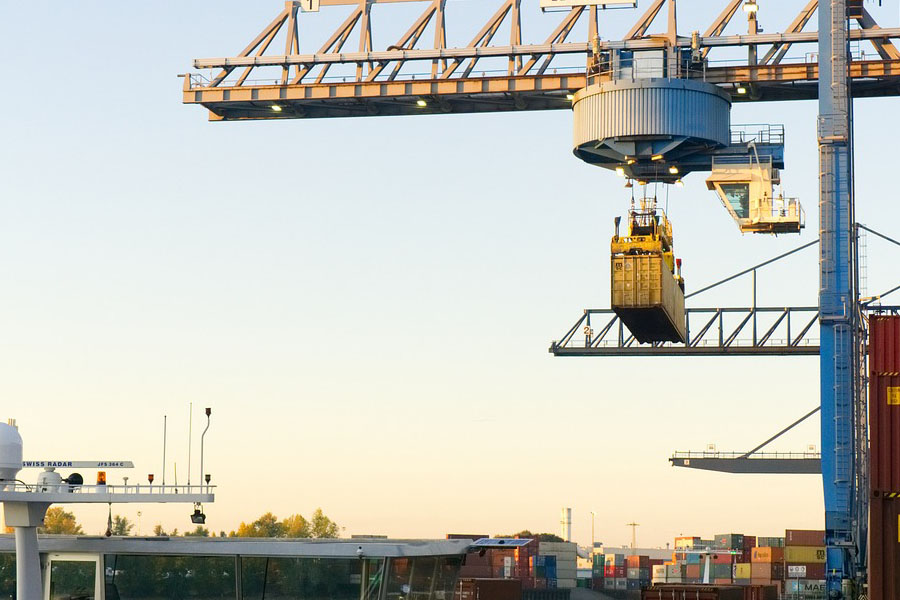
What core qualifications should an export furniture agency company possess?
When selecting a professional agency, it is essential to verify the following qualifications:
- Basic Qualifications
- Customs AEO Advanced Certification Enterprise Qualification (with additional biosafety certification requirements to be added in 2025)
- ISO 9001 Quality Management System Certification
- International Freight Forwarding Filing Certificate
- Industry-specific competencies
- Furniture Export Operation Case Study (Recommended to provide operational records for 50+ containers over the past 3 years)
- Customs clearance partner network in destination countries (especially major markets such as Europe, America, the Middle East, etc.)
- Hazardous Materials Transportation Qualification (for furniture containing special materials such as paint, compressed sponge, etc.)
What are the new changes in furniture export certification for 2025?
Updates on Certification Requirements for Key Export Markets:
- US Market
- CARB-3 Formaldehyde Emission Standards (Mandatory enforcement starting from January 2025)
- CPSC adds anti-tip testing for children's furniture (applicable to cabinets with a height >60cm).
- The European market
- EPD Environmental Product Declaration (to be included in the scope of green tariff preferences by 2025)
- REACH Regulation Adds 4 New Restricted Chemical Substances (Involving Flame Retardants for Fabric Furniture)
- The Middle East Market
- GCC certification adds new furniture fire resistance classification (effective Q3/2025)
How to optimize export logistics costs through agency companies?
Professional agents can provide the following cost optimization solutions:
- Loading scheme optimization
- Utilize a 3D loading simulation system to enhance container utilization (reaching 92%-95%).
- Combination Cabinet Type Solution (Mixed Use of 40HQ and 20GP)
- Innovation in Transportation Models
- China-Europe Railway Express + Overseas Warehouse Distribution (10-15 days faster than pure ocean shipping)
- LCL service line (suitable for small and medium-sized batch orders)
- Planning of Tariffs
- Conduct cost calculations using RCEP rules of origin.
- HS Code classification optimization (especially for multi-functional furniture categories)
How to Prevent Common Risks in Exporting Furniture?
A three-tier risk prevention and control system needs to be established:
- Quality Risk
- Request the agency to provide third-party quality inspection services (it is recommended to select SGS or BV institutions).
- Sign clear quality claim clauses (it is recommended to reserve a 5%-8% quality assurance deposit).
- Exchange rate risk
- Use forward exchange settlement to lock in the exchange rate (it is recommended to lock in for 3-6 months in 2025).
- Request the agency to provide multi-currency account services.
- Risk of logistics
- Purchase full-process transportation insurance (with special attention to the war risk clause).
- Develop emergency logistics plans (including alternative port solutions)
What items are included in the agency's fee structure?
Standard Industry Pricing Structure for 2025:
- Basic Service Costs(0.8%-1.2% of the cargo value)
- Special additional fees
- Special document preparation (e.g., certificate of origin, fumigation certificate)
- Port of Destination Overdue Storage Alert Service
- Risk guarantee fund(Usually 2% of the cargo value, with negotiable rebate terms)
It is recommended to request the agency to provide a detailed fee comparison table, with special attention to whether the newly added EU carbon tariff pre-calculation service for 2025 is billed separately.


 Follow Customer Service WeChat
Follow Customer Service WeChat